Imagine stepping into water so dense and buoyant that even if you’ve never learned to swim, you won’t sink. It sounds like something out of a dream, or maybe even a magic trick, but it’s a reality in Utah’s Great Salt Lake. This otherworldly place, shimmering under the desert sun and stretching for miles, is famous for making everything — and everyone — float. The sensation is both thrilling and surreal, drawing visitors from around the globe who want to experience the impossible: floating effortlessly atop the water, weightless and free. But what makes this lake so unique, and why does it defy everything we know about swimming and sinking?
The Science Behind Floating: Why the Lake Is So Salty

The secret behind the Great Salt Lake’s extraordinary buoyancy lies in its salt concentration. Unlike most freshwater lakes, the Great Salt Lake has no outlet to the ocean, so water only leaves through evaporation. As water evaporates, salt and minerals remain behind, building up over centuries. The lake’s salt levels are often several times higher than that of the ocean — sometimes exceeding ten times the salinity of seawater. This high salt content increases the water’s density, making it much easier for objects, including people, to float. In simple terms, the denser the liquid, the more it pushes up against anything that tries to sink.
What It Feels Like to Float in the Great Salt Lake
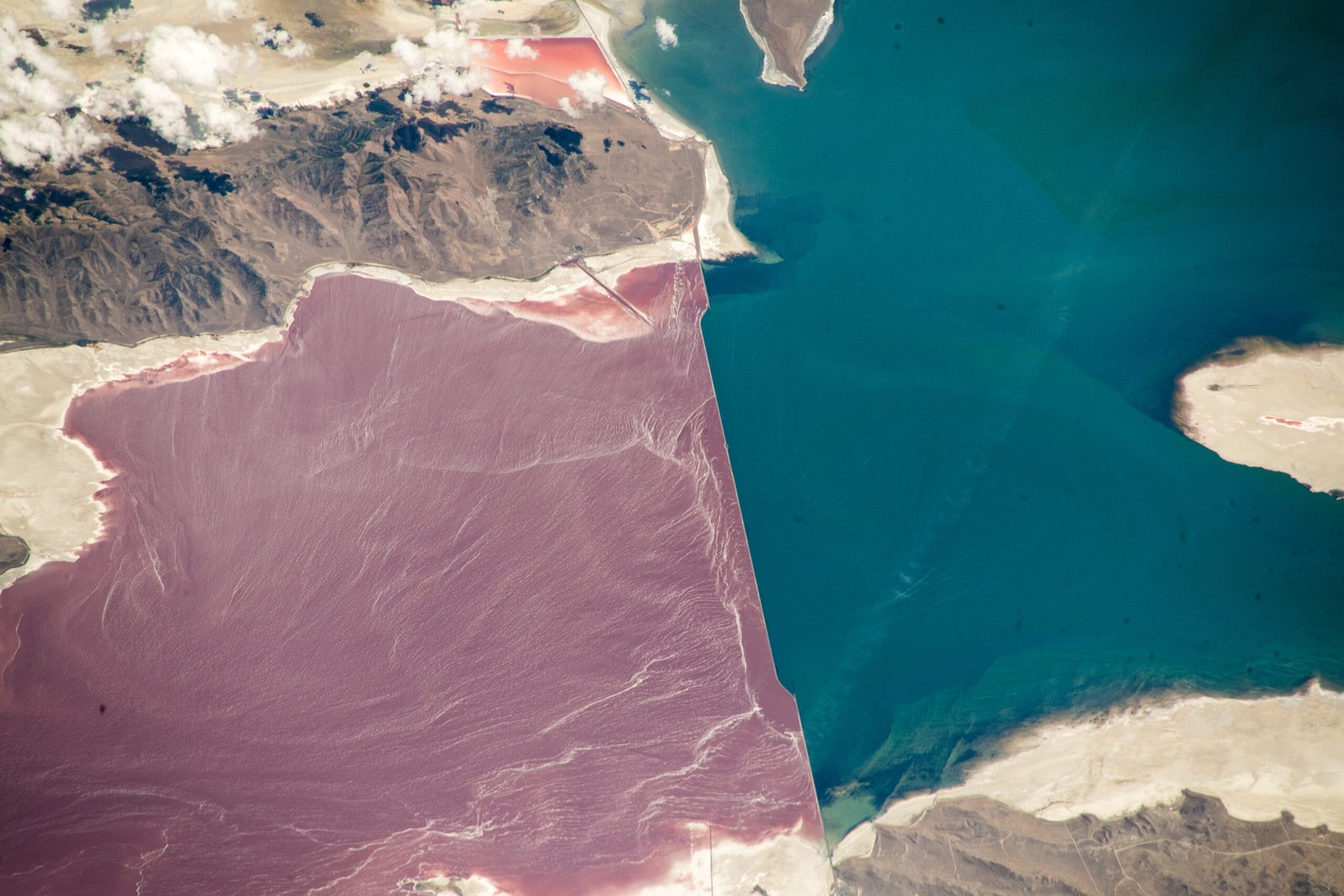
Floating in the Great Salt Lake is a sensation like no other. As soon as you wade in, you feel the water lift you up, almost as if invisible hands are holding you afloat. For those who can’t swim or are afraid of water, this can be both comforting and exhilarating. The lake supports your body so completely that you can lay back, relax, and stare up at the endless sky without any effort. Many first-timers laugh out loud in surprise, feeling suddenly weightless and free from gravity’s pull. The experience is often described as both peaceful and surreal, leaving a lasting memory.
Salt Levels: How the Lake Compares to Oceans and Other Lakes
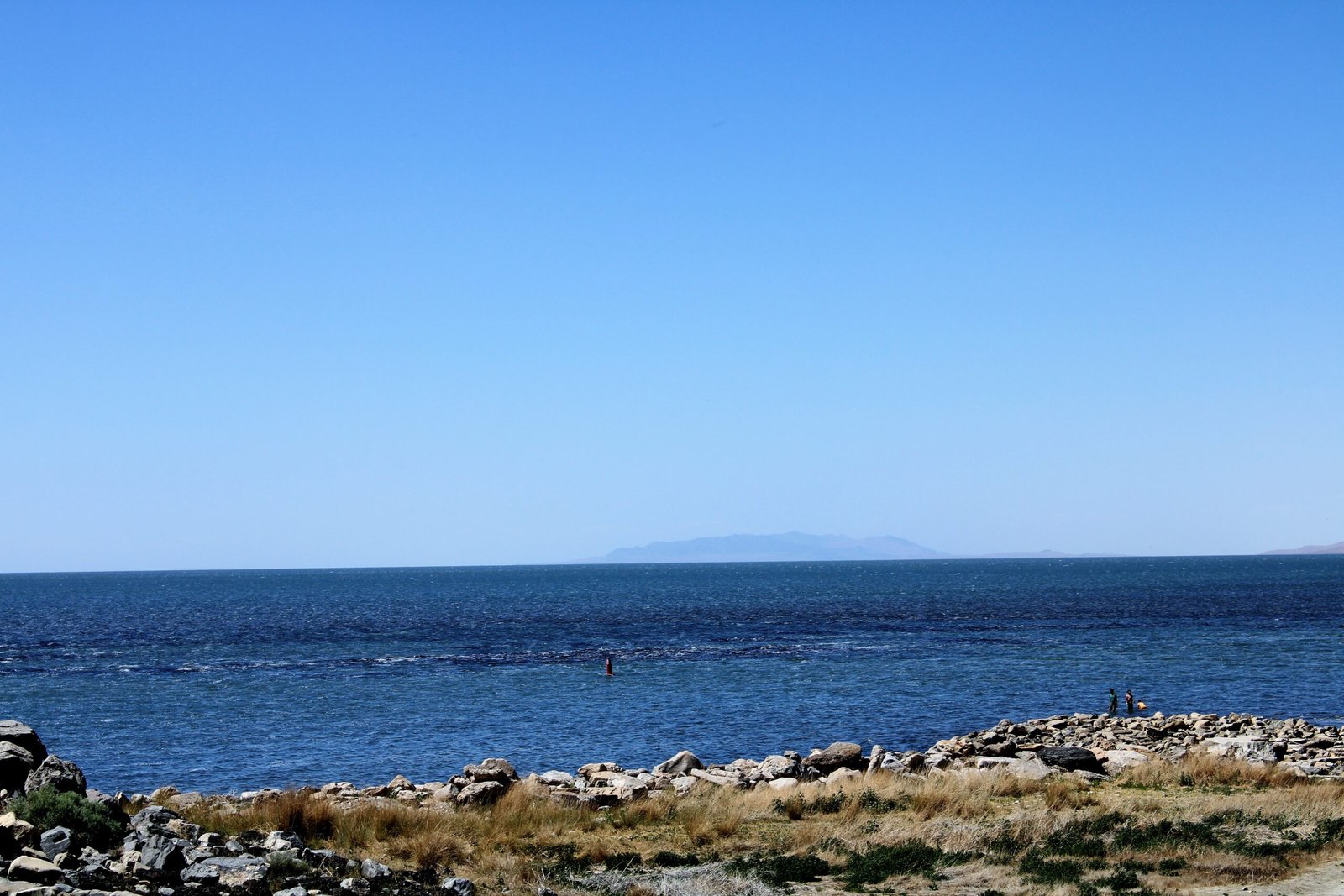
To understand just how salty the Great Salt Lake is, consider this: the average ocean has a salinity of about 3.5 percent, while the Great Salt Lake can swing between 5 and 27 percent salinity, depending on the area and time of year. Some spots are so salty that the water feels oily and thick to the touch. This is even saltier than the Dead Sea in the Middle East, which is famous for its buoyancy. The lake’s saltiness isn’t uniform, either — the north arm, cut off by a railroad causeway, is much saltier than the southern part. This creates zones with different levels of floating power, making each visit a slightly different experience.
What Happens to Your Body in Such Salty Water?

When you float in the Great Salt Lake, your body interacts with the salty water in fascinating ways. The salt draws moisture from your skin, often leaving it feeling tight or coated with a white, salty residue once you dry off. Cuts and scrapes can sting sharply, and it’s wise to keep the water out of your eyes. On the upside, the salt supports your body so thoroughly that you can stretch out, read a book, or simply relax with almost no effort. Some people even report feeling energized or refreshed after a float, though it’s always best to rinse off with fresh water afterward to avoid skin irritation.
A Habitat Like No Other: Life in the Salt
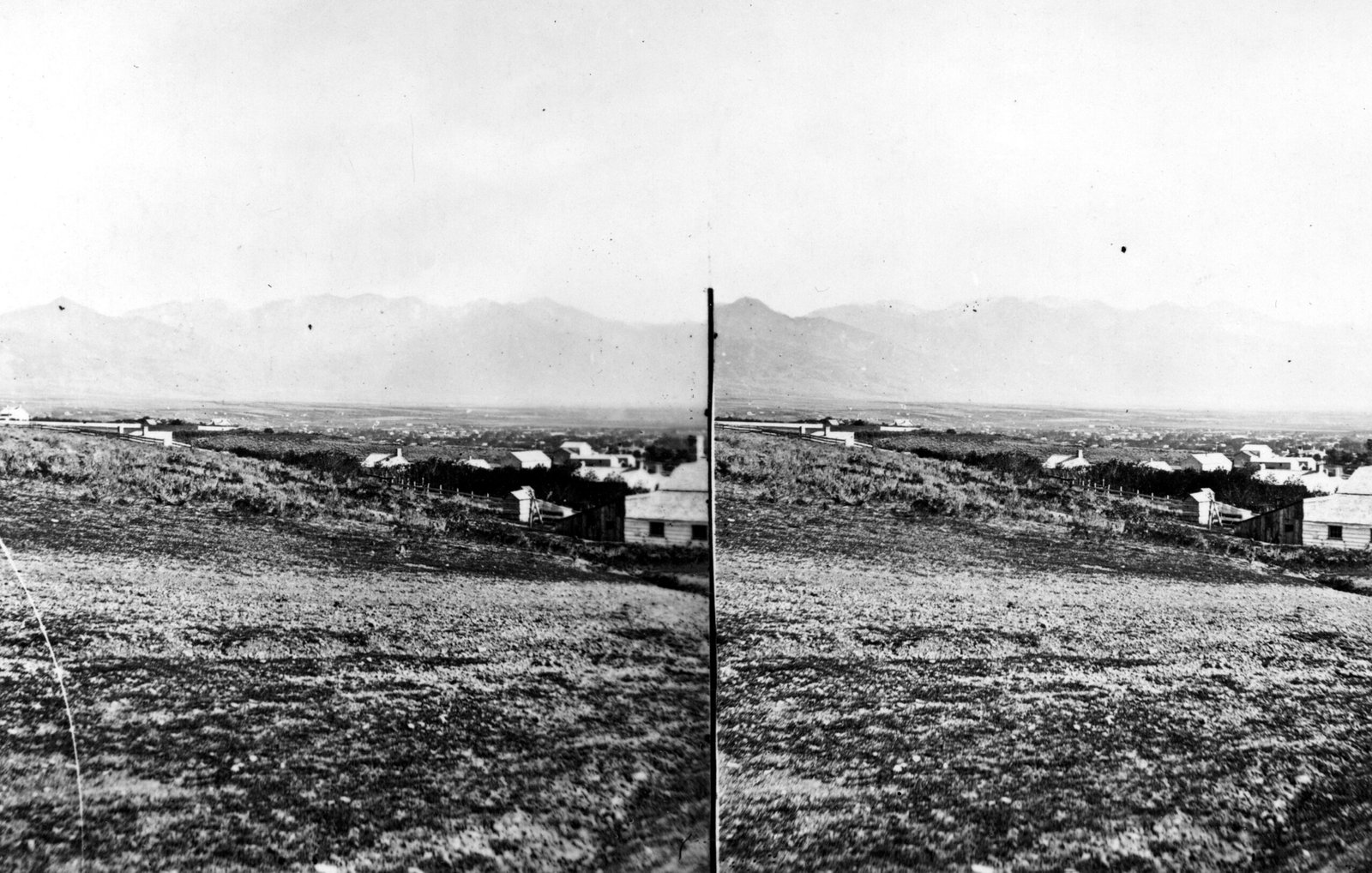
You might think such salty water would be lifeless, but the Great Salt Lake teems with unique forms of life. The lake is home to billions of tiny brine shrimp and brine flies, which thrive where other creatures can’t survive. These resilient critters form the foundation of the lake’s food web, attracting millions of migratory birds each year. From pelicans to avocets, the skies above the lake are alive with wings and song, drawn by the abundance of food. The lake’s ecosystem is a living example of adaptation and resilience, thriving in conditions that would be deadly elsewhere.
Salt Flats, Mirages, and Unusual Landscapes
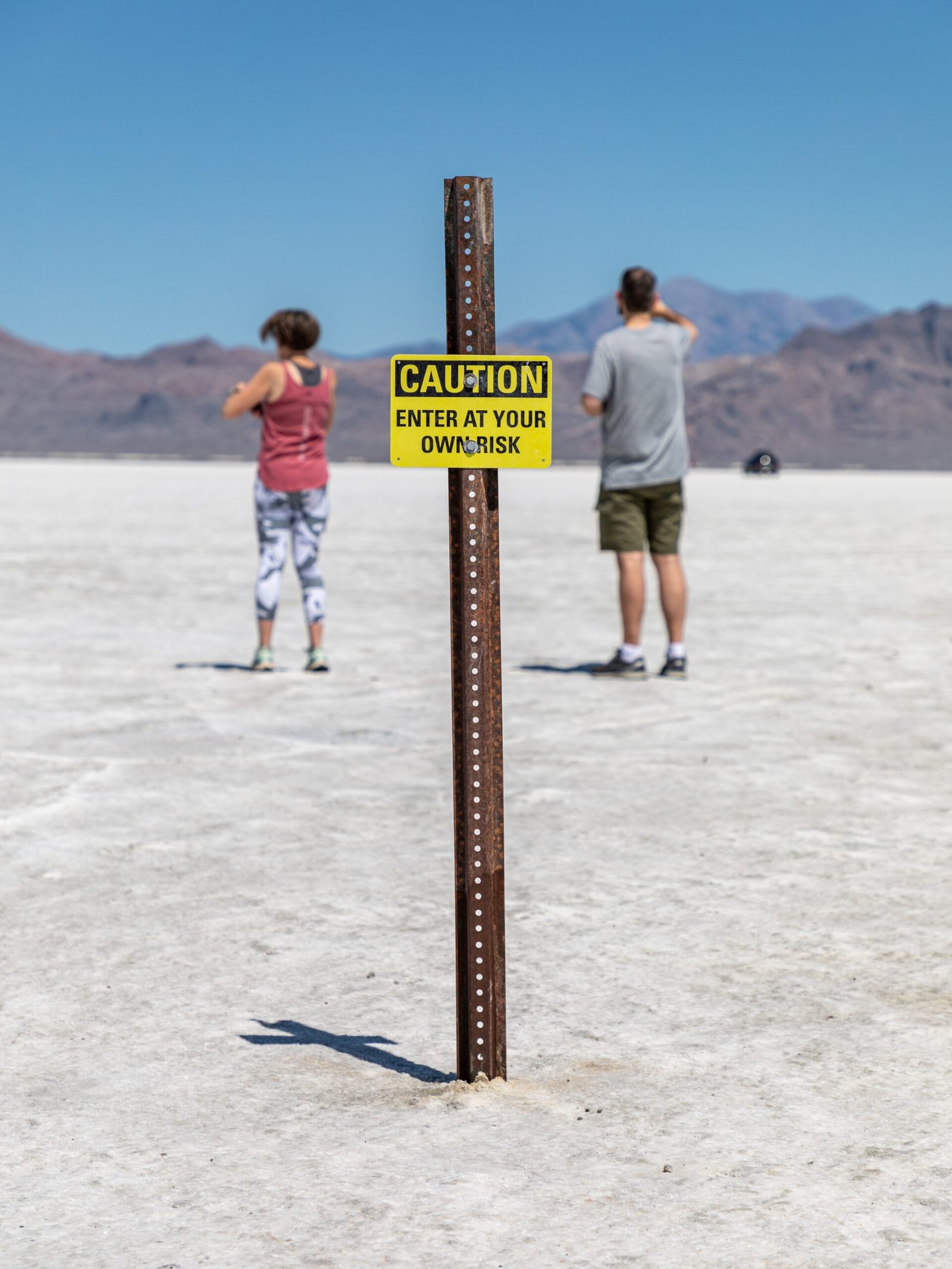
Surrounding the Great Salt Lake are vast, gleaming salt flats that look like something from another planet. These flats are the remnants of ancient lake beds, left behind as water evaporated and salt crystallized. Walking across them feels surreal, as if you’re crossing a frozen sea of white. On hot days, shimmering mirages dance on the horizon, creating illusions of water and distant mountains. These landscapes have inspired photographers, artists, and even filmmakers, becoming a symbol of Utah’s wild and mysterious beauty.
People Through History: From Native Americans to Modern Visitors

Long before tourists dipped their toes into the Great Salt Lake, the area was home to Native American tribes who understood its power and mysteries. They used the lake for food, salt, and spiritual ceremonies, leaving behind petroglyphs and artifacts. In the 19th century, pioneers and settlers were both fascinated and baffled by the lake’s floating power, with some even believing it had healing properties. Today, the lake draws curious visitors from all over the world, eager to float, explore, and connect with a place that’s both ancient and ever-changing.
Floating for Fun: Popular Activities and Attractions
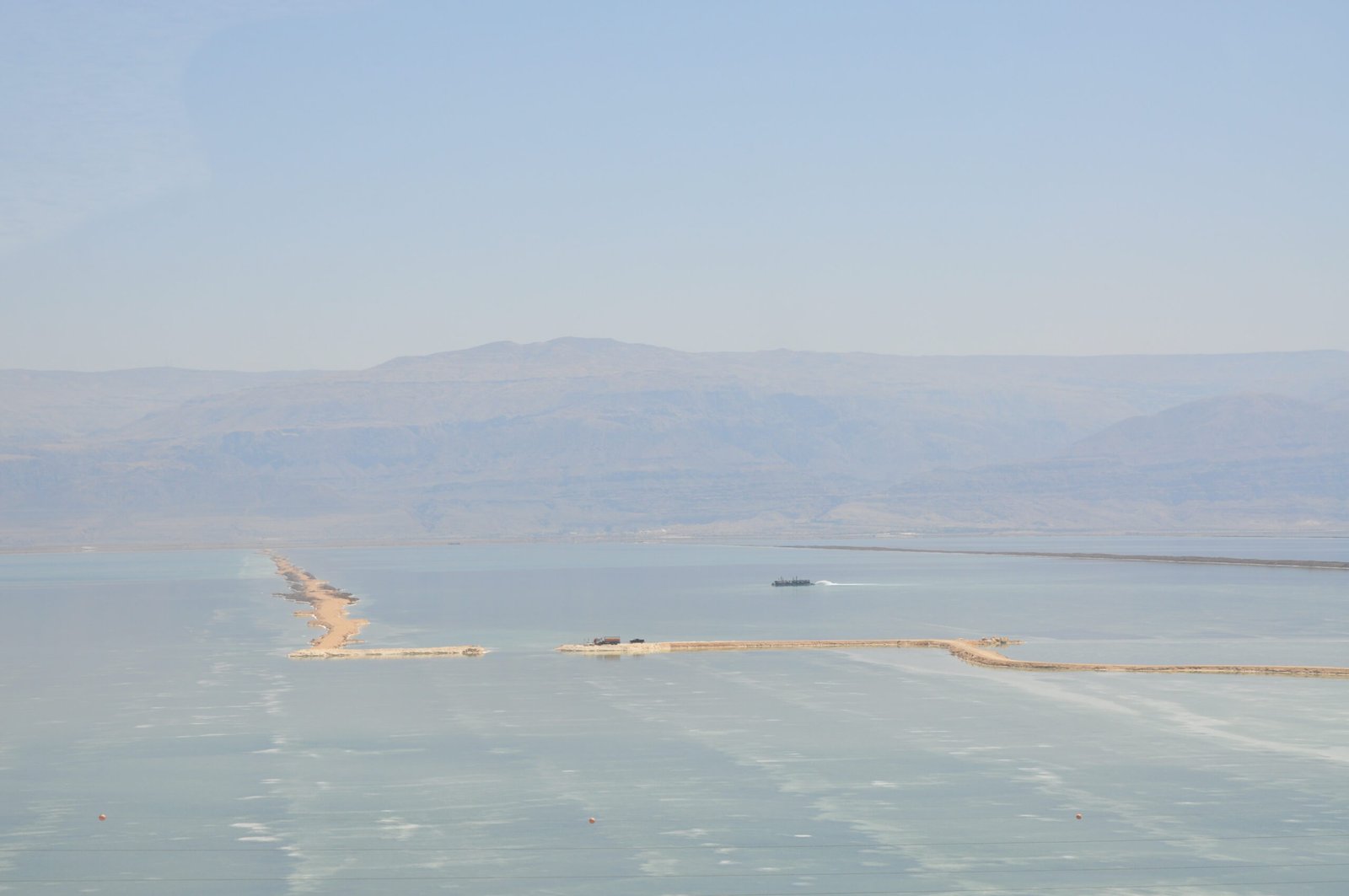
The Great Salt Lake isn’t just for scientists and nature lovers — it’s a playground for adventure. People come to float, kayak, paddleboard, and even sail on its salty waters. The beaches, such as those at Antelope Island State Park, offer easy access for floating and sunbathing. Some visitors collect shimmering salt crystals as souvenirs, while others hike the nearby trails for sweeping views of the lake and its islands. Each activity is shaped by the lake’s unique conditions, making every visit memorable and a little bit magical.
Environmental Challenges: A Lake Under Threat

Despite its beauty and wonder, the Great Salt Lake is facing real threats. Water diversion for agriculture and cities, combined with long-term drought, has caused the lake’s water levels to drop dramatically in recent years. As the lake shrinks, its salinity increases further, endangering the delicate balance of life within it. Dust from the exposed lakebed can also create air quality problems for surrounding communities. Scientists and conservationists are working urgently to find solutions, fearing that this natural wonder could vanish if action isn’t taken soon.
The Great Salt Lake’s Legacy: A Source of Wonder and Reflection
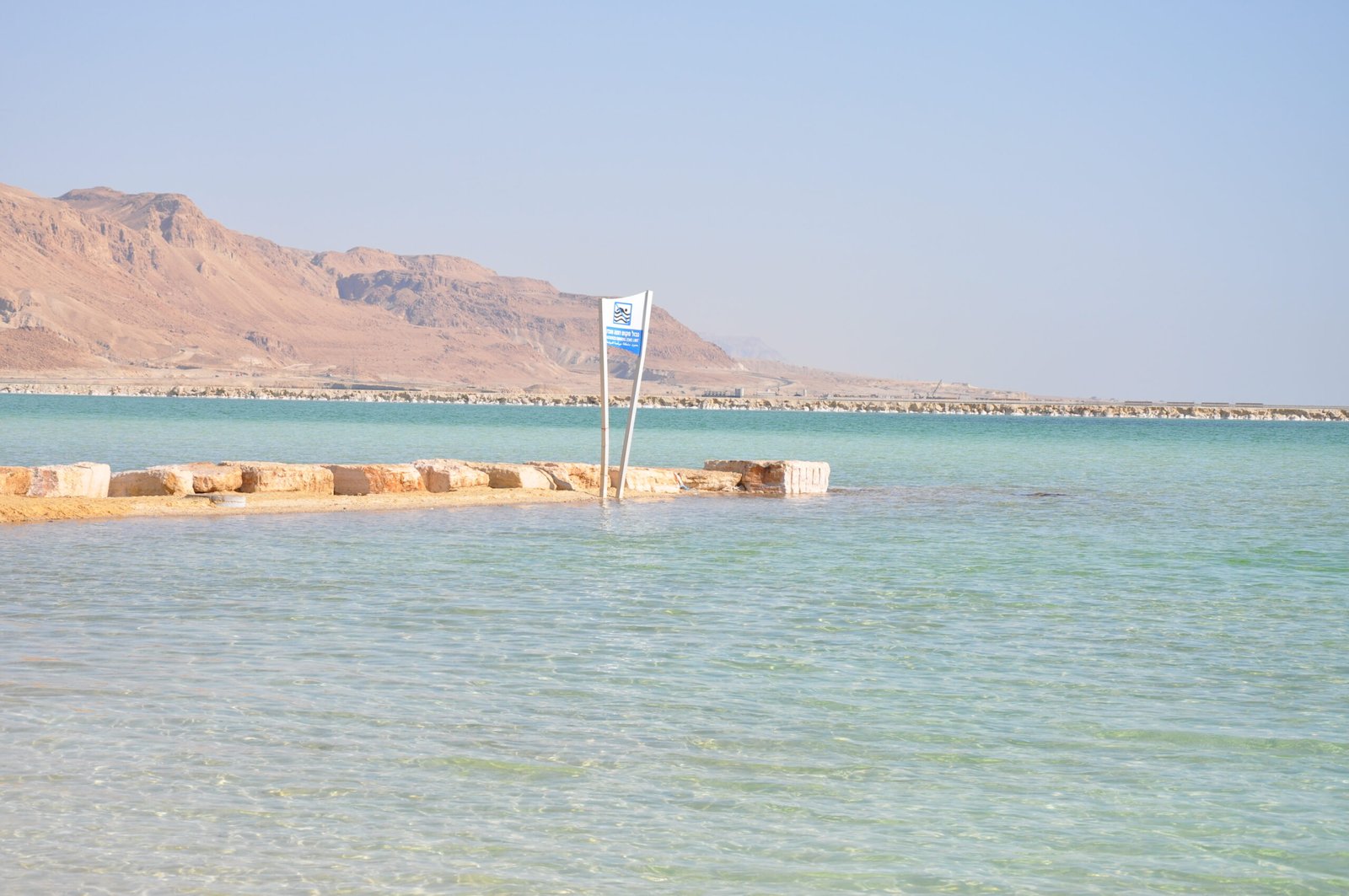
The Great Salt Lake stands as a powerful reminder of nature’s surprises and resilience. Its ability to make even non-swimmers float has inspired awe and curiosity for generations. The lake is not just a scientific marvel; it’s a living, breathing testament to adaptation and the wonders of the natural world. In a time when so many places are threatened by change, the lake’s story urges us to appreciate, protect, and marvel at what we have. Have you ever imagined yourself floating effortlessly, defying gravity, and discovering the secrets of a place where everything — and everyone — stays afloat?



